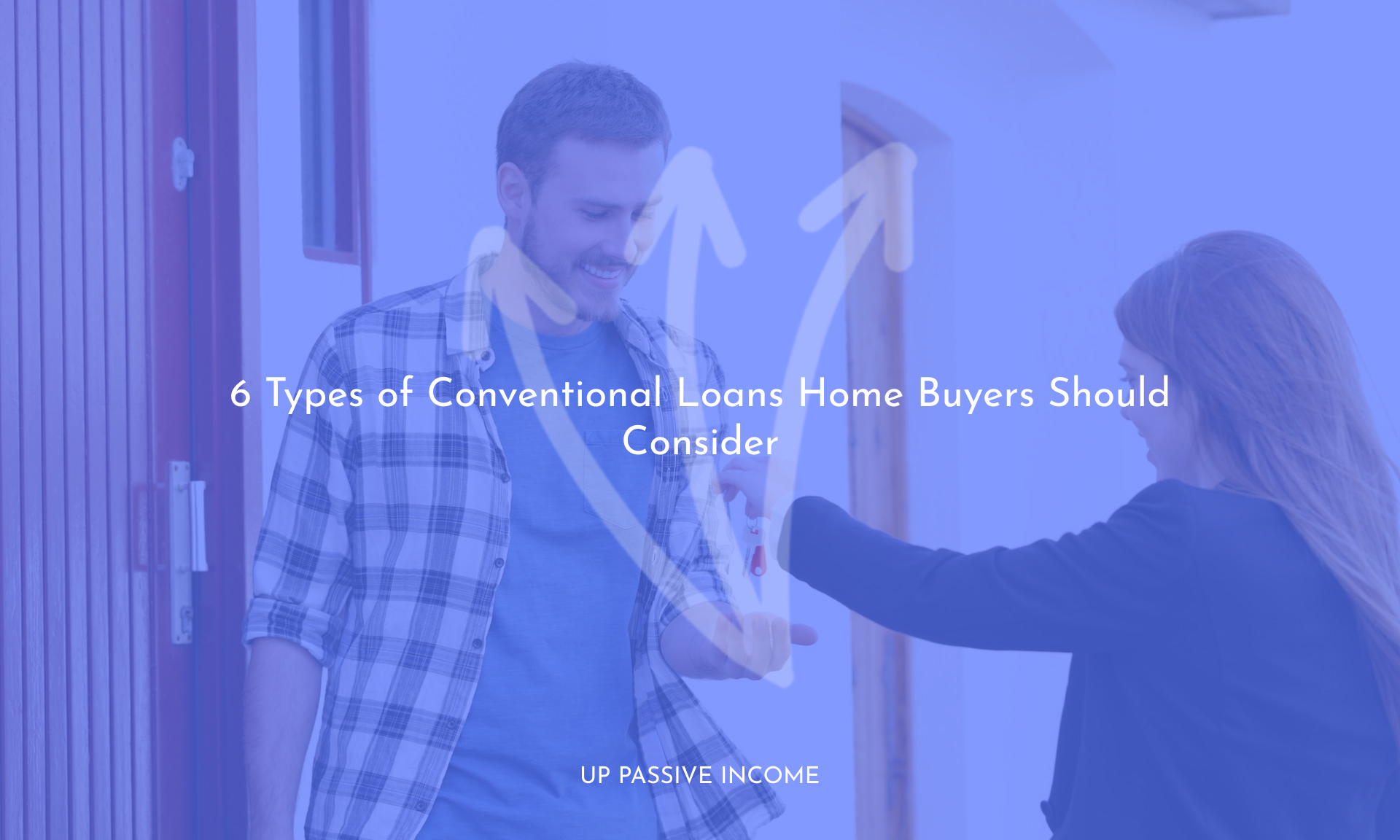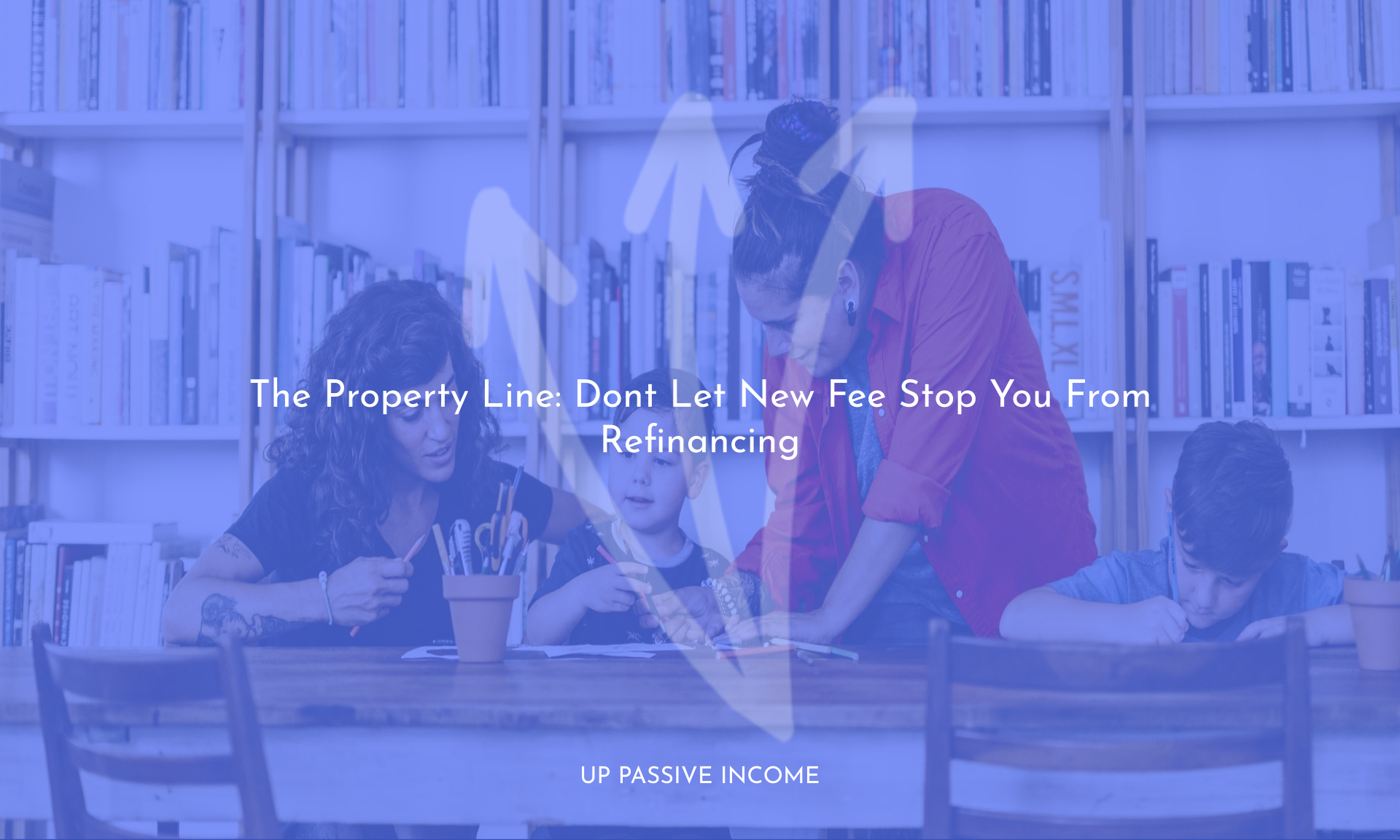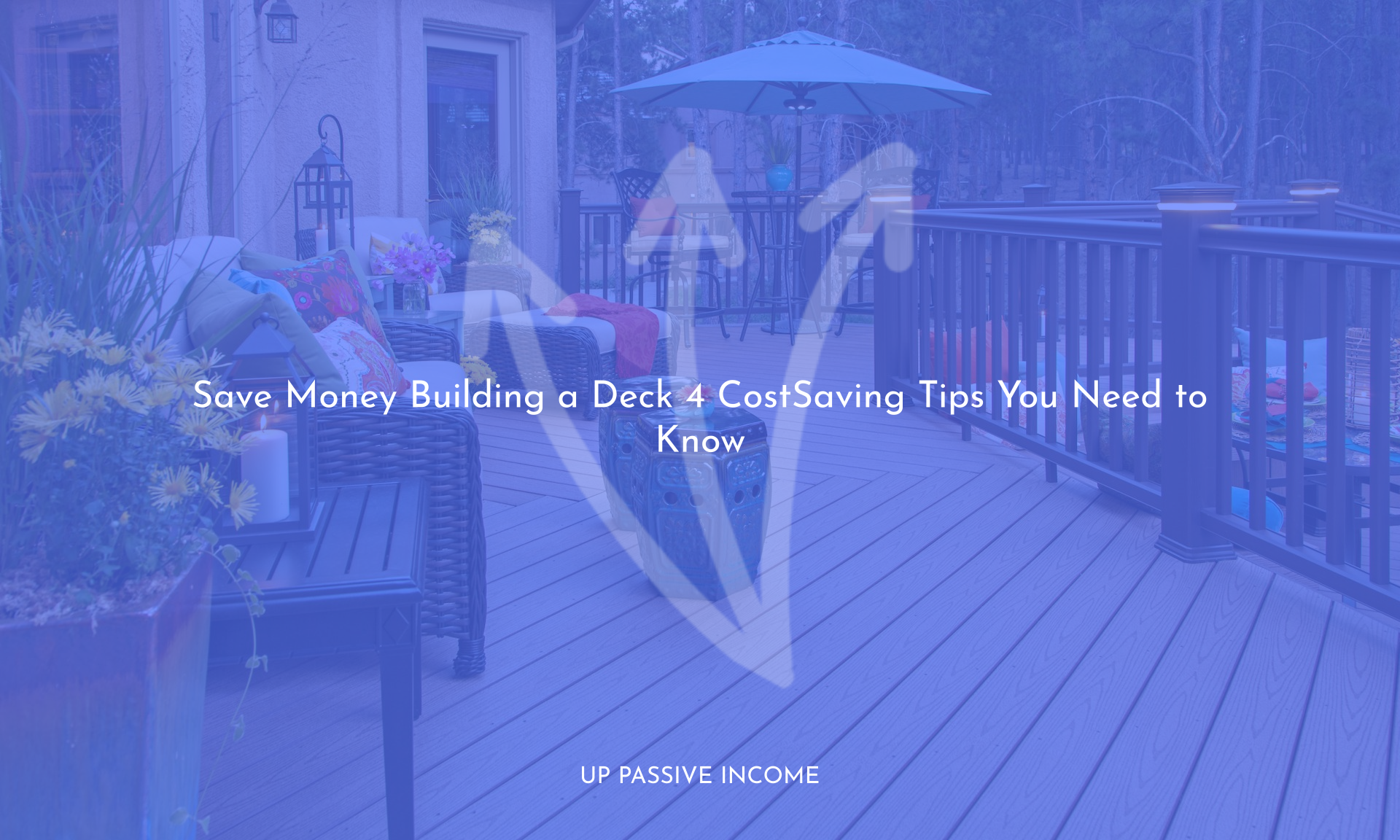Conventional loans are popular among home buyers, but they come in more than one flavor. Each type of conventional loan has its own costs and qualification requirements.
“Discover the various types of conventional loans that can help inform your decision as a home buyer. Find out which mortgage option suits you best.”
Table of Contents
Conventional loans are a popular mortgage option, even for first-time home buyers. But it may surprise you to learn theres more than one type of conventional loan.
Keep reading to learn more about the main types of conventional mortgage products, and what their differences might mean for you.
What is a conventional home loan?
A conventional loan is any type of home loan that isnt insured or guaranteed through a government agency. Many conventional loans conform to government-set loan limits as well as income and credit score minimums. Conventional loans often cost less than government-backed mortgages such as FHA loans, but qualification requirements are more difficult to satisfy.
» MORE: Study up on conventional mortgage basics
Common Types of Conventional Loans
1. Conforming conventional loans
If a conventional loan is less than the maximum loan amount set by the Federal Housing Finance Agency and meets additional loan standards set by Fannie Mae or Freddie Mac, its called a conforming loan. Because Fannie and Freddie are government-sponsored enterprises, you may also hear conforming loans referred to as “GSE loans.”
2. Nonconforming conventional loans
If a conventional loan exceeds FHFA loan limits or uses underwriting standards that are different from those set by Fannie Mae and Freddie Mac, its called a nonconforming loan. A jumbo loan is a common type of nonconforming conventional loan. You may need a jumbo loan to finance more than $484,350 in most U.S. counties.
» MORE: Calculate your conventional loan payment
3. Fixed-rate conventional loans
Whether theyre conforming or nonconforming, all mortgages require you to pay interest. With a fixed-rate conventional loan, the interest rate stays the same for as long as you have the mortgage. Many buyers choose a 30-year fixed-rate conventional loan because it usually results in an affordable monthly payment, but shorter terms are also available.
4. Adjustable-rate conventional loans
The alternative to a fixed-rate mortgage is an adjustable-rate mortgage, or ARM. Conventional loans with adjustable rates, also known as hybrid ARMs, have rates that may go up or down over time. ARM rates usually adjust annually, after an initial fixed-rate period of three, five, seven or 10 years.
5. Low-down-payment conventional loans
There was a time when getting a conventional loan required a 20% down payment. Because borrowers who meet this requirement only have to finance 80% of the homes value, it’s often referred to as an “80/20 conventional loan.” But conventional loan down payment requirements have since become more flexible.
3% down payment
HomeReady and Home Possible are conventional mortgage options that allow down payments as low as 3% — sometimes referred to as “3 down conventional loans.” If you qualify for a 3% down payment through one of these programs, youll need to finance the other 97%. Thats why you may hear them referred to as “conventional 97 loans.”
5% down payment
Borrowers with lower credit scores might be required to make a down payment of 5% or more to get a conventional loan, meaning theyd need to finance 95% of the homes value. This is sometimes referred to as a “5 down conventional loan” or a “conventional 95 mortgage.”
Zero down payment?
If you’re wondering “Can I get 100% conventional loan financing?,” the answer is yes, but it may be hard to find. Some lenders — often credit unions — offer in-house, nonconforming conventional mortgage programs that feature 100% financing, but special qualification requirements often apply. Be aware that zero-down-payment mortgages are risky: It will take you longer to build equity than someone who makes a down payment, and youll pay more interest as a result.
» MORE: Do you meet conventional loan requirements?
6. Conventional renovation loans
It can be hard to find the perfect house in your budget. Buying a fixer-upper is one way to achieve home ownership when prices are high or move-in-ready inventory is low.
The CHOICERenovation loan and HomeStyle loan are two types of conventional mortgages that allow you to finance a home purchase, as well as the necessary renovations, at the same time.
Not sure what type of loan is right for you? Use the tool below to help you find out.
Thanks to Source
conventional loans



